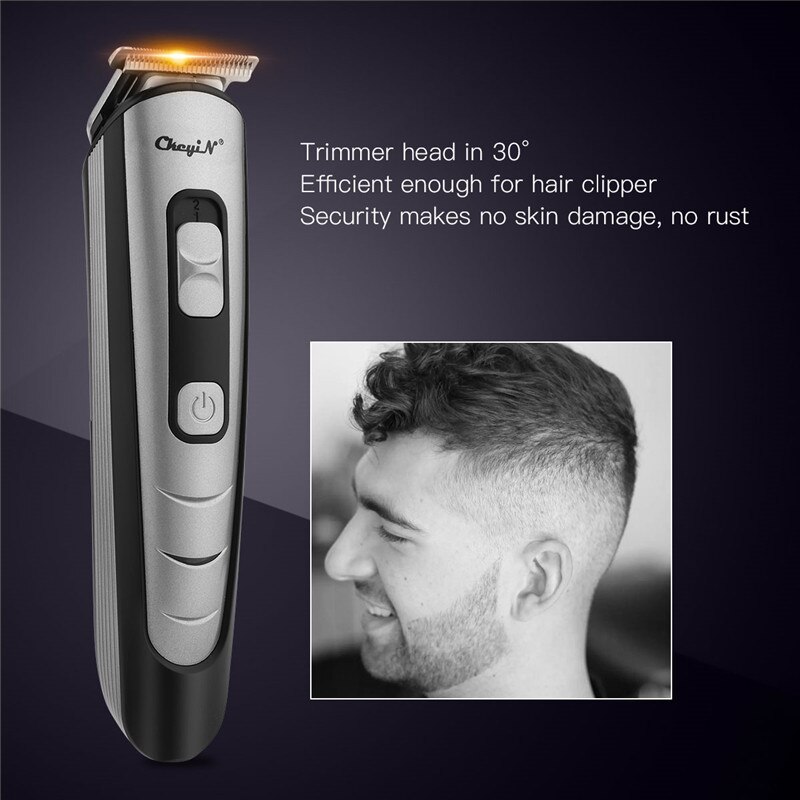Clipper Interpreted: Finding the Ideal Match for Your Technique
Picking best hair clippers is a key decision for any barber, profoundly impacting the quality of your work and clients' happiness of your clients. Given a multitude of options on offer on the market, from lightweight cordless models to heavy-duty corded versions, it commonly feels overwhelming to find the ideal fit for your distinct technique. If you specialize in fades, buzz cuts, or intricate designs, the right clippers can improve your precision and efficiency.
In this guide, we will explore the essential factors to consider when selecting hair clippers that suit your personal style and grooming needs. Understanding your techniques and the specific requirements of various hair types is crucial to making an informed choice. By conclusion of this article, you will gain the knowledge necessary to confidently choose the clippers that will elevate your barbering skills and allow you to attain outstanding results.
Types of Hair Clippers
As you consider hair clippers, one must understand the various types available, each designed for specific purposes. The two main types of clippers are wired and wireless. Corded clippers offer continuous power and are usually stronger, making them suitable for heavy-duty use in a barber's shop setting. They often deliver steady performance without the worry of battery life, perfect for extended periods. On the other hand, cordless clippers have gained popularity for their convenience and mobility. They enable barbers to move freely unrestricted by a power outlet, making them perfect for mobile services or more intricate styling.
A further significant category includes variable blade clippers and static blade clippers. Adjustable blade clippers allow for varying lengths of cut by adjusting the blade settings, making them flexible for different styles, from fades to longer cuts. This feature is particularly valuable for barbers who need to adapt to styles rapidly. Non-adjustable blade clippers, on the other hand, provide a fixed length and are usually used for precision cutting, trimming, or detailing work. Understanding which type aligns your styling technique is key for achieving the desired outcome.
In conclusion, there are specialized clippers, such as trimmers and detailers. Fine clippers are crafted for fine work, such as edging and outlining, providing a clean finish around the hairline and neck. Precision clippers take this further by offering exact cuts for detailed patterns or lines. These tools are essential for barbers who focus on detailed work, guaranteeing clean and sharp results. Choosing the right type of clippers will enhance your technique and eventually boost the quality of your work.
Selecting the Appropriate Blade
Selecting the appropriate blade for your clippers is crucial to achieving the intended style for your clients. Cutting edges come in multiple styles and dimensions, each providing a unique cutting edge. For example, flat blades are superb for precise lines and detailed work, while rounded blades can give a gentler finish for transitioning. Understanding the function of each type of blade will guide you to finding the one that enhances your personal technique.
Another factor to consider is the size of the cutting tool, which directly affects the amount of hair that can be trimmed. Some stylists prefer using smaller blades for fine cuts or blends, while others might opt for longer blades when working on heavier styles. It is crucial to align the size of the blade with the style you intend to achieve, as this will boost your effectiveness and the overall result of your styling.
Lastly, consider the material of the cutting tool when making your choice. Stainless steel blades are well-liked for their strength and sharpness, while ceramic blades can hold their edge longer and stay cooler during use. Each type has its pros and cons, and selecting the right one will not only improve your outcomes but also ensure that you are at ease and effective in your barbering routine.
Care and Maintenance Advice

To guarantee the durability and efficiency of your hair clippers, regular cleaning is crucial. After every use, eliminate any hair strands or debris from the clipper cutting edges using a brush specially designed for this purpose. Cleaning the blades avoids buildup, which can impact the clipper's performance and lead to uneven cuts. Additionally, be sure to take off the protector and clean both the guard and the blade area thoroughly.
Oiling is another crucial aspect of maintenance. Periodically apply a few drops of clipper oil to the blades to keep them operating efficiently. This not only helps to maintain sharpness but also reduces friction, which can lead to overheating during use. Get into the routine to oil the blades after cleaning them, as this will keep your clippers in optimal condition and extend their lifespan.
Lastly, keep your clippers in a safe manner to protect them from damage. Avoid leaving them in damp or humid environments and use a protective case or sheath when not in use. Keeping the clippers in a clean and safe place will prevent rust and other forms of wear and tear, guaranteeing that they are prepared for use whenever you need them.